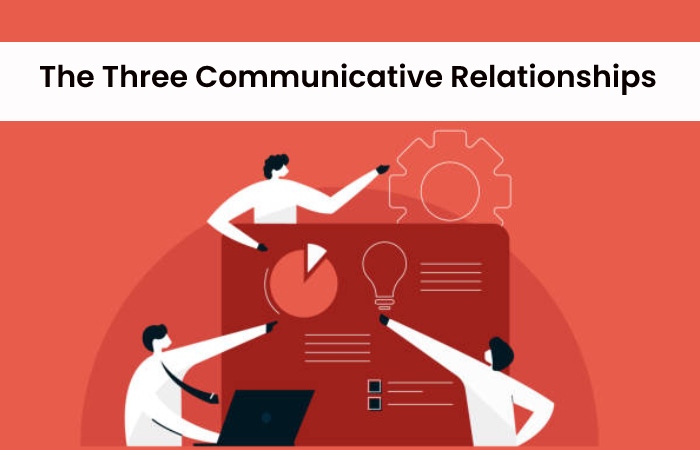Share This Article
About
Communicative Relationship – Given the work I have been doing in my classroom and the research I finished towards my MA, I have resolved that a definitive reason for evaluation is to assist learners with creating compelling lines of communication. What can we call communicative relationships? Learners who can chat with their teacher, their friends and themselves about their learning. It will often think less about what grade they got and more about how they need to move along.
The Three Communicative Relationships

First Communicative Relationship
- The first communicative relationship is between the learner and teacher. First, the teacher must assist the learner with understanding what it is they are attempting to accomplish.
- It is likewise vital that the teacher (as master) give input, assisting the learner with understanding where they are and how to advance.
- This relationship should be painstakingly develops, overseeing assumptions and laying out trust. Frequently, this can turn out badly.
- Numerous teachers fail to measure up to the inborn assumptions that I see in many learners: “The teacher is the individual I go to for help. They are the master and ought to know the responses constantly.”
- The issue with this is that the teacher won’t necessarily be there to give the responses, nor will they have them.
Second Communicative Relationship
- The second communicative relationship is between the learner and their peers. Again, this relationship assists the learner with explaining their comprehension.
- Furthermore, to understand that information and abilities can create through joint effort and probe, not dependent on the presence of a specialist.
- This relationship is (IMO) the most significant. At the point when we leave the bounds of academic review, it is our peers who we go to the most, be it in the workplace or our own lives.
Third Communicative Relationship
- The third communicative relationship is between the learner and themselves. Ostensibly, a result of the subsequent relationship.
- On the off chance that enough open doors for conversation, joint effort, reflection and assessment have been available in a steady climate, then, at that point, I accept that all learners can create significant meta-mental abilities.
- Like the primary relationship, trust is of high significance here. It is hard to Trust yourself. It requires investment to arrive where you can be successfully self-basic, where you can trust your judgment.
- Assisting learners with this is the last piece of the riddle in helping them become free learners.
Interfacing Communicative Relationships
- Toward the beginning of an example, I illuminate the student’s about the thing they will be learning. At that point, offer them a few potential approaches to doing this and include them in a conversation. Where we choose as an aggregate gathering the most effective way to continue.
- As well as developing the communication between the learner and the teacher, it gives them responsibility for learning. An expertise that I frequently return to with my students is the way to compose powerful analytical paragraphs. Often stretch out the underlying conversation to inspire them to lay out the success measures for such a movement with one another.
- It gives them further responsibility for learning and mixes the first and second communicative relationships. With this particular movement, we may demonstrate a compelling passage, discussing what success will resemble.
- Too often, students are requested to do a piece from evaluation; the work is either teacher surveyed, peer-evaluated or self-surveyed, then set aside; frequently at no point ever checked in the future out. It is the sort of thing that I have figured out how to stay away from that.
- The various lines of communication offer the learner unique, similarly significant experiences in their work. For example, students are surveyed to do a piece from evaluation; the result is either teacher-surveyed, peer-surveyed or self-evaluated, then set aside; frequently at no point ever checked out in the future.
It is the sort of thing I have figured out how to avoid. So instead, I will design the example to incorporate open doors for a solitary piece of work to be returned to and every one of the three sorts of evaluation to happen. In addition, the various lines of communication offer the learner unique, similarly essential bits of knowledge in their work.
Conclusion
Hence, if we value these different communicative relationships by their own doing, isn’t it clear they can be bound when associated? Set aside some margin to take a gander at your illustration planning. Thus, we are developing communicative relationships that can encourage powerful learning and evaluation? The result will be a system that has more to do with evaluation for advancement than an assessment of learning.
Also Read – Social Exchange – About, Assumptions, Functions and More



